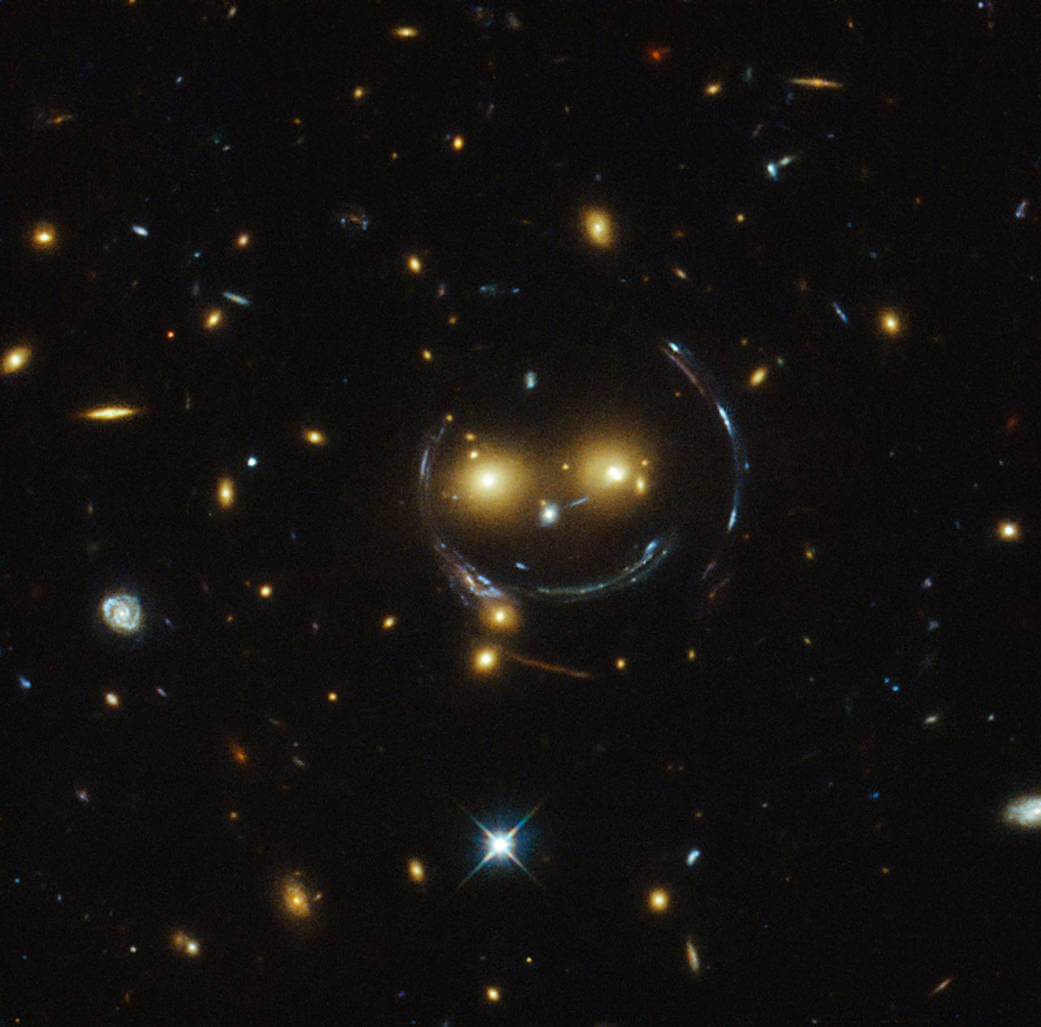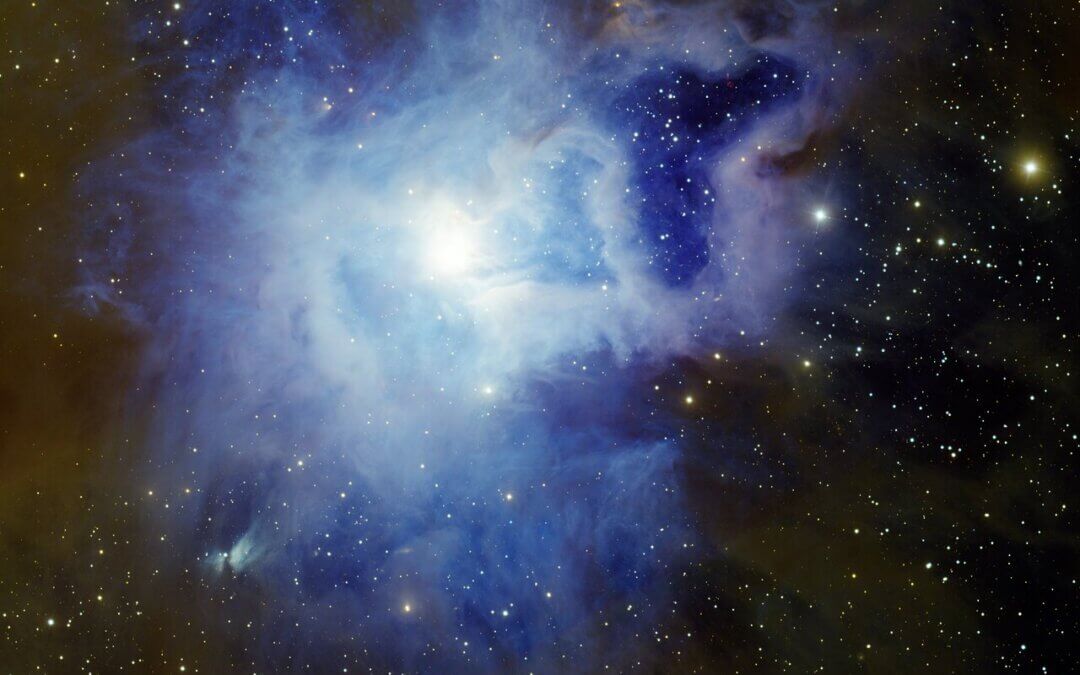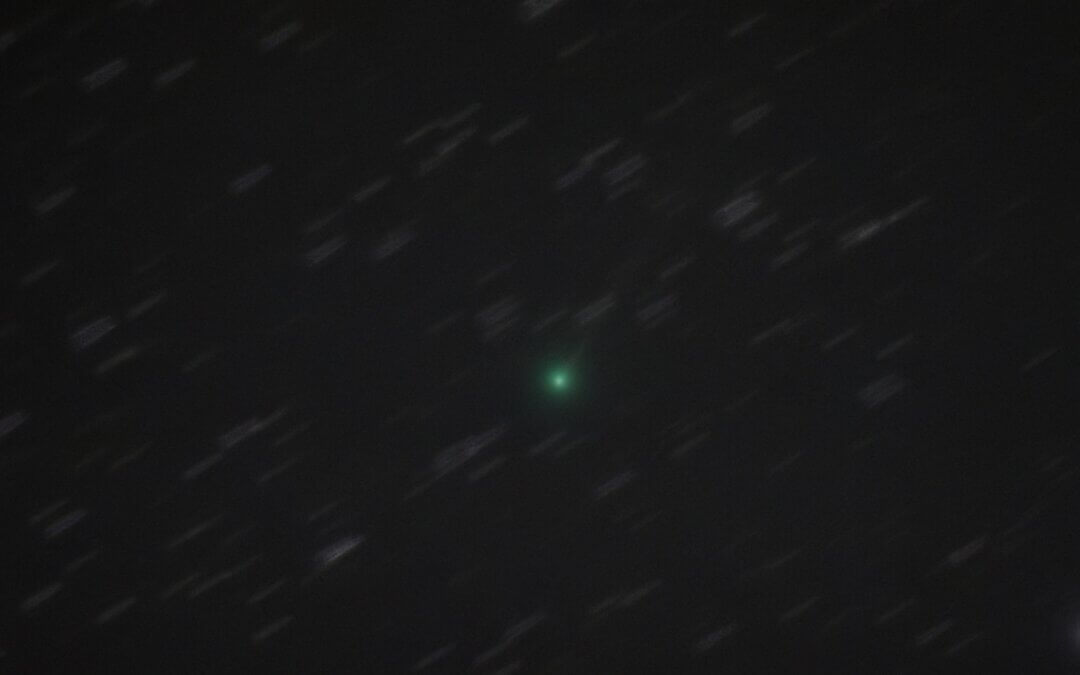The moon is about to have company! On December 11th 2022, the Japanese startup iSpace launched HAKUTO-R Mission 1, its first lunar mission with the goal of a graceful landing. If all goes as planned during touchdown at the end of this month, HAKUTO-R will be the first private mission to successfully land on the moon. Better yet, Unistellar observers can tune into this remarkable endeavor by observing the crater that will host the moon’s new Earthly visitor.
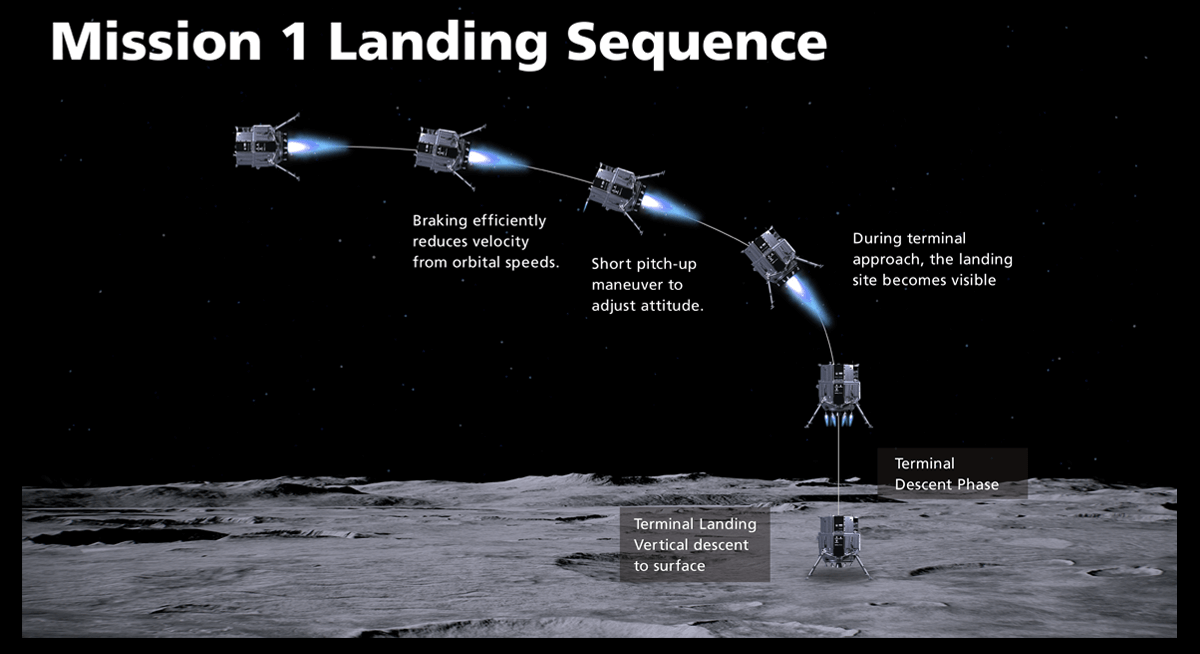
Credit: iSpace
The HAKUTO-R Mission 1
As the first of several planned missions, HAKUTO-R M1 will demonstrate the technology necessary to make a soft landing on the moon, in which the space craft lands with a low enough speed to keep all its parts safely intact.
The very first privately-funded lunar lander attempt, launched by the Israeli organization SpaceIL in 2019, met a destructive fate when its craft crashed and ceased communication. That makes the HAKUTO-R lander, which is currently in lunar orbit, primed for a historic feat, although it is already breaking commercial records by traveling 1.4 million km into space.
iSpace’s lunar landing is not the only significant part of this mission. The payload also includes the United Arab Emirates’ Rashid rover, a JAXA transformable robot rover, and NASA’s Lunar Flashlight – a cubesat that will survey the lunar surface for ice deposits. The Rashid rover marks the UAE’s first lunar mission, so altogether, HAKUTO-R is a mission of remarkable new ventures!
Observe the Atlas Crater – HAKUTO-R M1’s Landing Site
The HAKUTO-R lander will perform a landing attempt in the Atlas crater on April 25th 16:40 UTC at the earliest (we will keep you posted on the results)! This impact crater, located on the near-side of the moon and southeast of Mare Frigoris, is easily identifiable with a telescope – particularly the eVscope and eQuinox. As the full moon wanes this week, be sure to observe and simply use the image capture to snap a picture of the moon! Then, see if you can identify the Atlas crater in your image – at almost 90km wide and 2km deep, it is easy to pick out along the moon’s pock-marked surface.
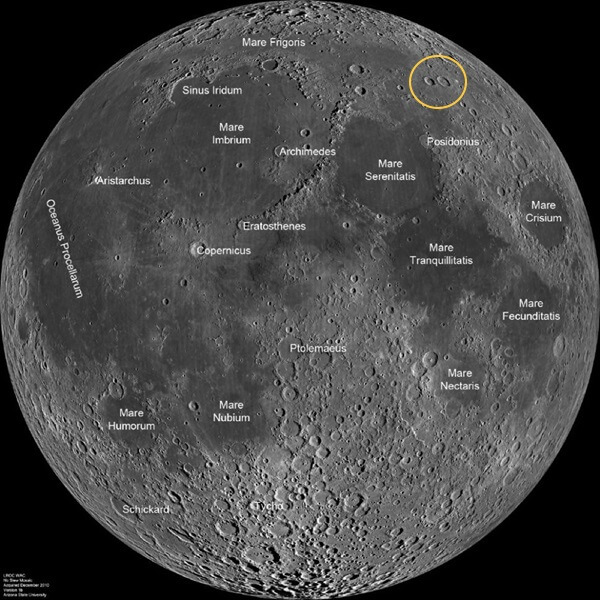
Adapted image from NASA’s Lunar Reconnaissance Orbiter. The yellow circle marks the Hercules (left) and Atlas (right) craters. Credit: NASA/GSFC/Arizona State University.
Although today marks the April full moon, HAKUTO-R will land when the moon is nearing first quarter and less than half of its face will be illuminated. But Atlas will be visible to us when HAKUTO-R lands, too! The image below shows what the moon will look like on the 25th, so that you can clearly find the future landing site.
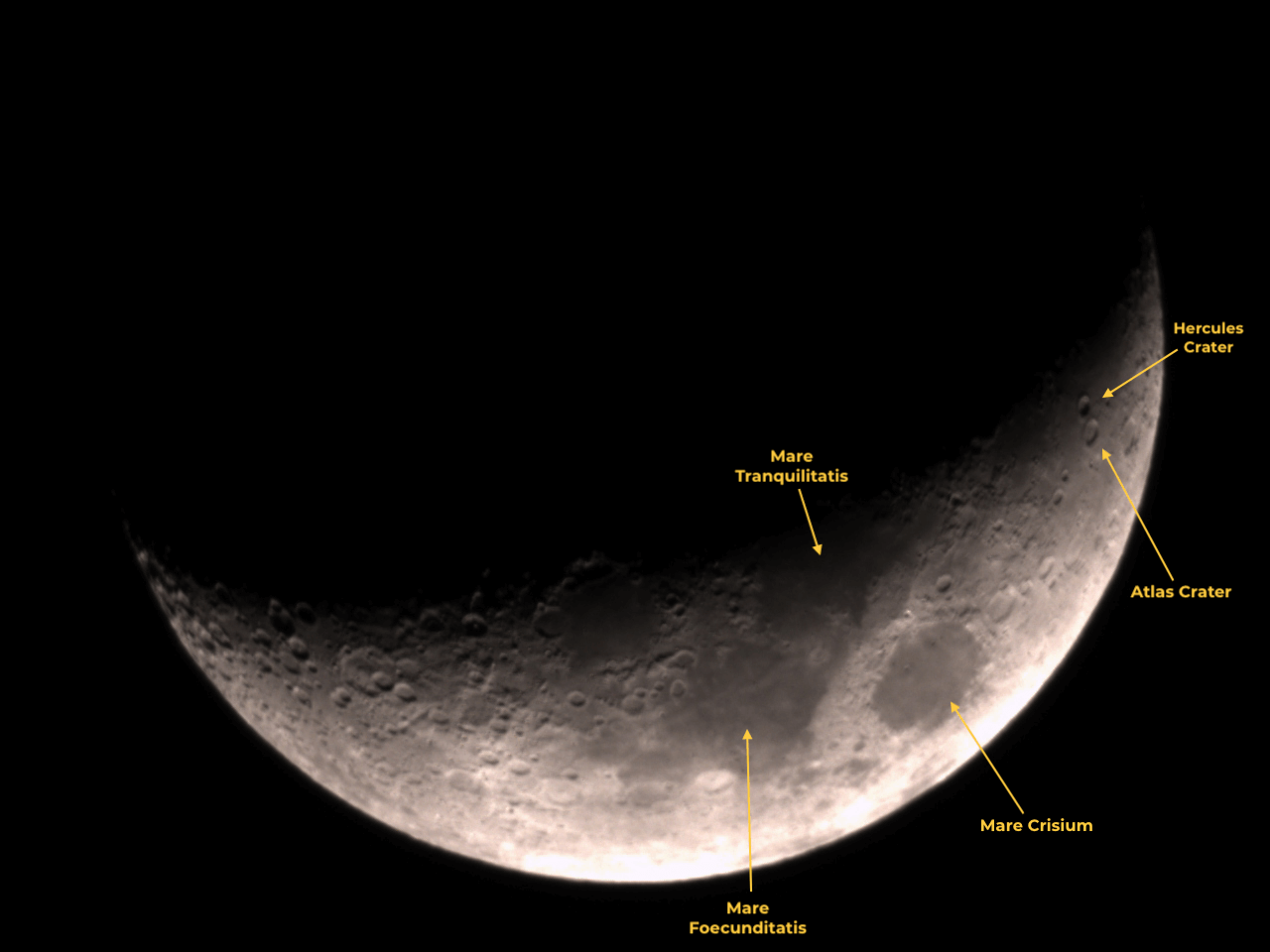
An eVscope image of the moon taken by citizen astronomer Stefan W, with the Atlas crater and nearby features clearly marked.
Identify Atlas with us and prepare to observe during the historic landing of HAKUTO-R M1! We will update this post as more information comes in, but in the meantime, share your images on social and tag @unistellar so that we can celebrate your observations.
Tips for Observing the Moon
- As you set up your eVscope or eQuinox, make sure the bubble level is completely centered. This will help you to have the best GoTo experience possible!
- Next, after setting up your telescope and performing an orientation, search for “Moon” in the App catalog and select GoTo.
- If the telescope is not well-leveled, you may need to adjust your telescope manually after GoTo to perfectly center on the moon. To do this, select the Move button at the bottom of the live-view screen and drag the joystick in the direction of the moon’s light until the moon is centered.
- If you are unable to see the craters of the moon at first, simply adjust the image settings. You can do this by selecting the Edit button, located next to the Move button. Selecting a lower gain and exposure time will keep the image from being too bright.
Finally, click the camera button on the live-view screen to snap your lunar pictures!
Further readings
3 Reasons to observe this month
Entdecken Sie jeden Monat drei faszinierende Himmelsereignisse, die Sie mit Ihrem Unistellar-Teleskop beobachten können.
Unistellar Community Included In Multiple Scientific Papers
Did you know Unistellar Citizen Astronomers are often cited in published scientific papers? Find out how you can contribute too!
Neues Update der Unistellar-App: Version 3.0
The latest Unistellar App Update, version V3.0, is now live. Explore a smooth stargazing experience
Halloween Observing Guide: Spooky Deep-Sky Objects
These Halloween deep-sky objects will add some light to those dark, spooky nights. Treats, tricks, and telescopes await!
Fall Into Cygnus and More With September Deep-Sky Objects
Unistellar’s September targets include a bevy of star clusters and nebulae of all sorts. Celebrate stars in all stages of life this month!
See Newfound Comet Nishimura Before it’s Too Late!
Catch newly discovered comet C/2023 P1 (Nishimura) before it flies too close to the Sun and potentially disintegrates!



